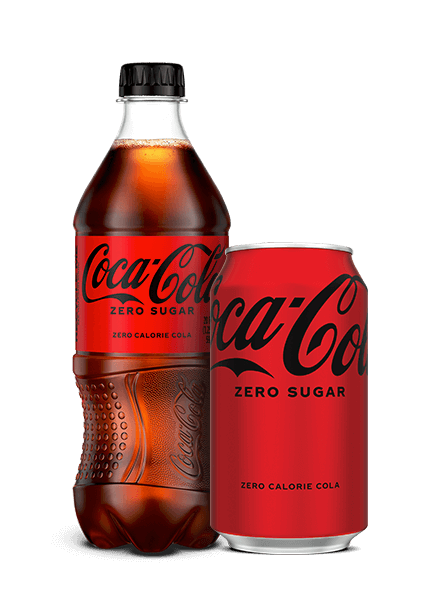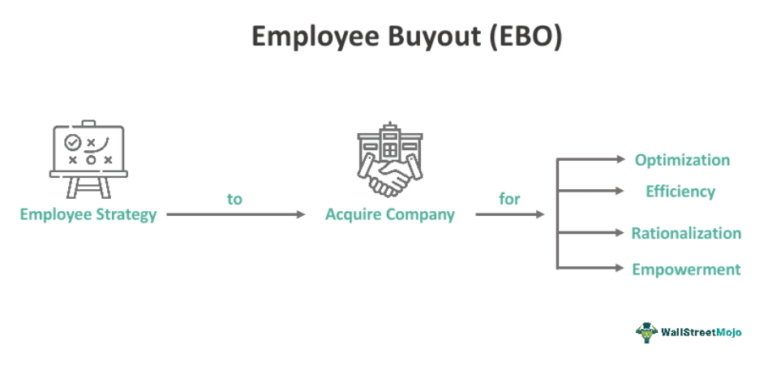
Audience
- Sentiment: positive
- Political Group: moderate
- Age Group: 18-35
- Gender: both
Overview
- Coca-Cola reported strong quarterly earnings, exceeding analyst expectations with a profit of 55 cents per share and revenues of $11.54 billion.
- The company experienced a 6% increase in net sales and a 14% rise in organic revenue, largely driven by higher prices and increased demand in key markets.
- Future projections include modest growth of 5% to 6% in organic revenue for 2025, amid potential challenges like new aluminum tariffs affecting production costs.
Coca-Cola’s Strong Quarter: What It Means for You and the World
Coca-Cola is a name that almost everyone recognizes. From hot summer days when you crave a cold drink to gatherings with friends and family, the iconic red and white label is everywhere. Recently, Coca-Cola made headlines for delivering impressive quarterly results that even outperformed expectations set by financial analysts. This article will delve into what these results mean, why they are significant, and how they might impact us in the future.
An Overview of Coca-Cola’s Success
In a recent earnings report, Coca-Cola announced that it had earned 55 cents per share, which is an important measure of a company’s profitability. This means that after all expenses were paid, there was still a substantial amount of profit left for each share of the company’s stock. Furthermore, its revenues totaled an astounding $11.54 billion. To put this into perspective, that’s roughly the cost of 11,540 million bottles of Coke at $1 each! These results were much better than what analysts—people who study companies to predict their success—had anticipated.
The response from the stock market was swift. Coca-Cola’s shares jumped nearly 5% following the announcement of these strong earnings. This increase in stock price shows that investors, or people who own shares of the company, are confident about its strong performance and future growth.
Breaking Down the Numbers: The Growth Story
One of the most interesting parts of Coca-Cola’s report was the 6% increase in net sales. Net sales refer to the total revenue that a company makes after subtracting returns, allowances, and discounts. Think of it this way: if you were selling lemonade on a hot summer day, net sales would be the amount you actually earned after giving a few cups away for free to friends.
Another impressive figure from Coca-Cola was a 14% rise in organic revenue. This number paints a clearer picture of how well a company performs by excluding any effects from new products or price changes. For Coca-Cola, this was mainly driven by higher prices. Have you ever noticed that your favorite soda costs a bit more than it did last year? Yup, that’s the kind of price increase that contributes to this growth.
But the good news didn’t stop there. Coca-Cola also reported a 2% increase in its unit case volume. This means that the number of cases of Coca-Cola products sold increased by 2%. Key markets such as China, Brazil, and the United States have shown a spike in demand. Quite simply, more people are drinking Coca-Cola products!
What Lies Ahead: Challenges and Optimistic Projections
Looking to the future, Coca-Cola is projecting a modest growth in organic revenue of 5% to 6% for 2025. While this sounds positive, it also presents an important consideration: the company acknowledges potential challenges ahead. For instance, new tariffs on aluminum—taxes on imported goods—could impact how much it costs to produce their drinks. Since Coca-Cola cans are primarily made out of aluminum, any increase in costs could lead to higher prices for consumers down the line.
CEO James Quincey, the man at the helm of Coca-Cola, reassured everyone that the company is committed to finding a balance between pricing and affordability. This is crucial because if Coca-Cola prices become too high, consumers might seek alternatives, affecting the company’s future sales.
As a teenager, you might wonder how these business decisions affect you directly. Have you ever saved up for that special drink or snack? How would you feel if the prices increased? Would it make you consider cheaper or healthier options instead? Understanding these aspects can give us insight into how large companies make decisions that ultimately touch our lives.
The Bigger Picture: Coca-Cola and Global Markets
Coca-Cola isn’t just a large corporation; it’s a player in the global market that links to cultural trends, geographic shifts, and social attitudes. For example, let’s consider the growing interest in healthier options. More and more people are conscious of what they consume, and many are searching for drinks that have less sugar or live up to health standards. Coca-Cola has jumped on this trend by expanding its product lines to include variations like Coca-Cola Zero Sugar and other beverage options.
In developing regions, like parts of Africa and Asia, Coca-Cola often plays a vital role in providing jobs and contributing to local economies. The company partners with small businesses and entrepreneurs, which helps them grow and thrive. When Coca-Cola performs well, it can lead to more job opportunities, not only within the company but also for the suppliers, retailers, and communities that depend on them.
A Call to Action: How You Can Get Involved
While it may seem like Coca-Cola is just a large corporation making lots of money, remember that every bottle or can you purchase supports a web of economic and community interactions. As a consumer, you have a voice! So, how can you make your voice heard? You can start by being more mindful of your consumption choices. Are you choosing products that reflect your values? For example, if you’re concerned about health, consider trying healthier drink options that fit with the more conscientious consumer trend.
Another way to engage is through social media or community activism. Many companies pay attention to what their customers are vocal about, and if a substantial number of people express interest in healthier options or sustainable practices, companies may respond by enhancing their product lines.
In Conclusion: What Do You Think?
Coca-Cola’s strong quarterly performance reflects a company that is not only thriving but is also navigating the landscape of modern consumer preferences and market challenges. From rising prices to global demand, it’s vital for both the company and consumers to be in sync.
As you consider all this information, we want to hear your thoughts. What do you think about Coca-Cola’s performance? Do you feel the rising prices will affect your beverage choices? What drink do you think will be a hit in the coming years? Share your thoughts in the comments below!





